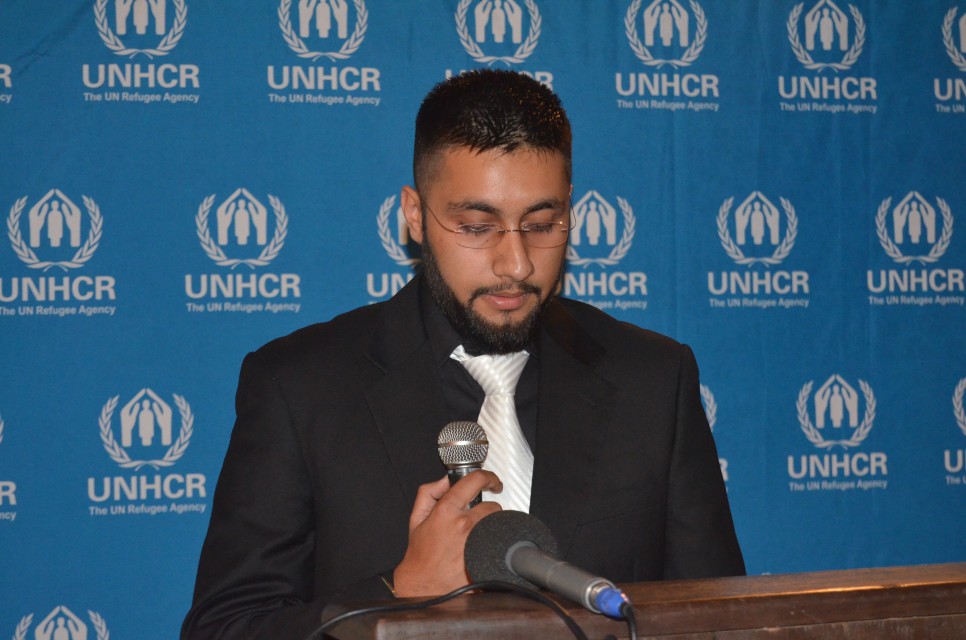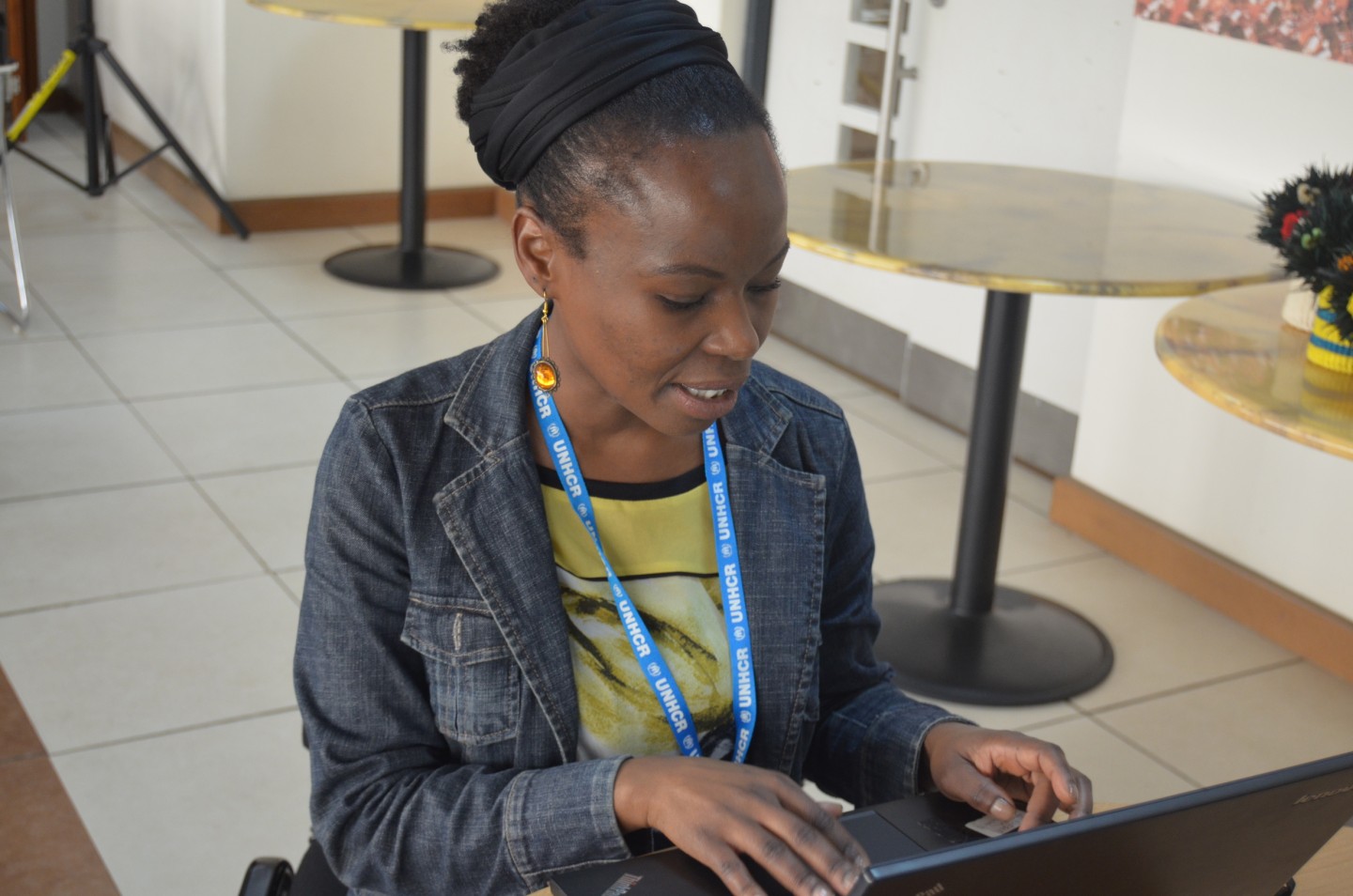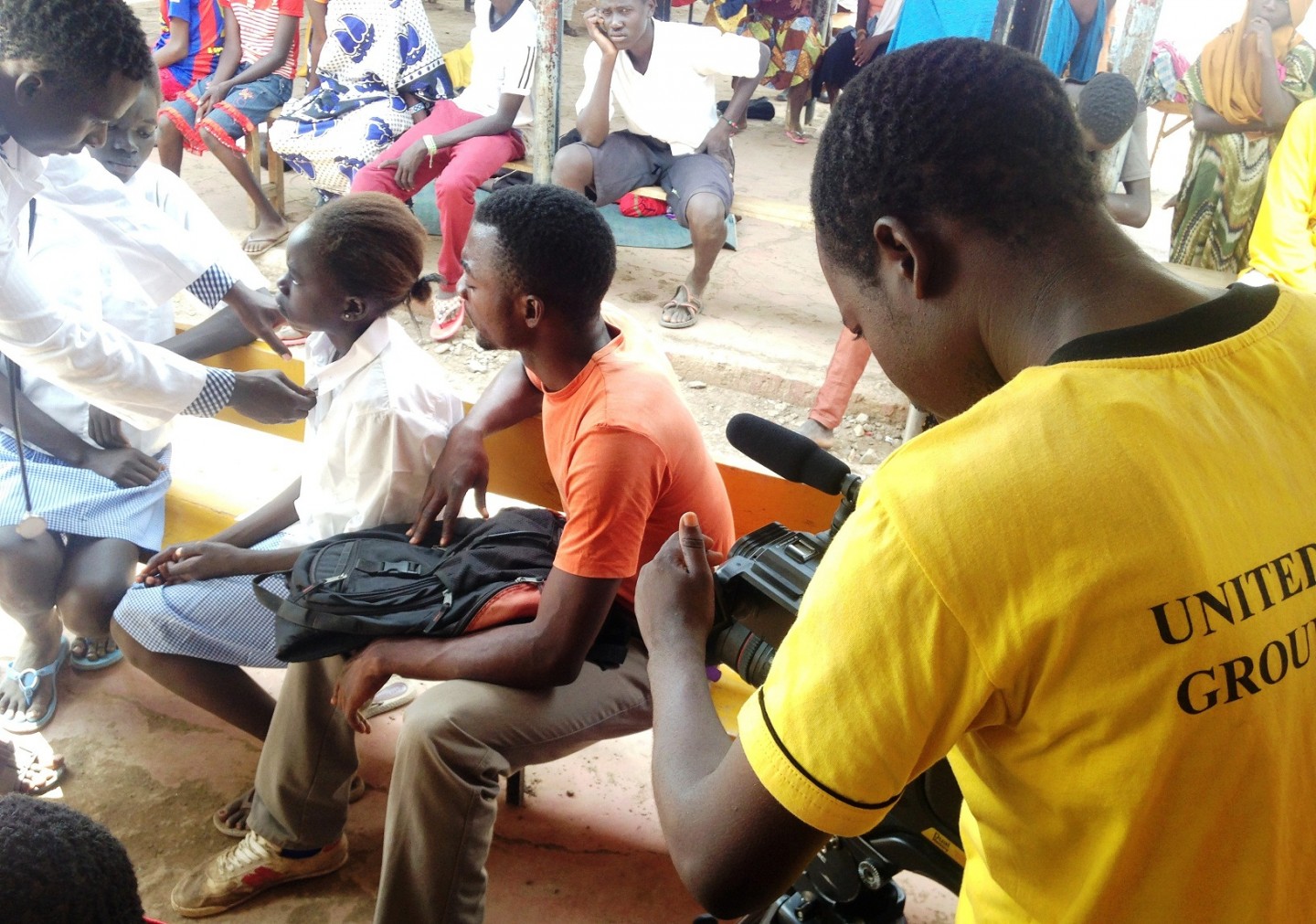Exhibition on Statelessness Brings Together Stakeholders
In marking the first anniversary of UNHCR’s Global Action Plan to End Statelessness in 10 Years, a two-day exhibition was held at the Nairobi National Museum in Kenya on 28th and 29th October 2015.
NAIROBI, 30 October 2015 – In marking the first anniversary of UNHCR’s Global Action Plan to End Statelessness in 10 Years, a two-day exhibition was held at the Nairobi National Museum in Kenya on 28 and 29 October 2015. The exhibition aimed to raise awareness on statelessness in Kenya, with particular focus on the Makonde community. It was attended by representatives from stateless communities in Kenya, Government officials, the diplomatic corps, UN agencies, NGOs, Members of Parliament and the media.
The event kicked off with a panel discussion focusing on the right to nationality, the challenges and consequences of being stateless and Kenya’s action plan to end statelessness. In an open gallery, stateless communities, some of whom have lived in Kenya for over seventy years, displayed their artwork and cultural artefacts to the general public.
Mutwi Hamisi, representing the Makonde community, expressed concern that his community would not be able to progress until its members were issued with national identity cards. “We live in abject poverty because the government does not recognize us as citizens”, he said.
Makonde community members are stateless due to their lack of national identity despite being residents of several counties along Kenya’s coast since the late 19th century. After Kenya’s independence in 1963, they were not given identification documents or recognized as citizens.
While officially opening the exhibition, the UNHCR Representative in Kenya, Raouf Mazou said that over the past year, UNHCR has worked closely with the Government of Kenya and the Civil Society to raise awareness and identify the issues that affect stateless people in the country.

Gupreet giving his account on how lack of documents has affected his career prospects UNHCR/Y.Didier
The exact number of stateless people in Kenya has not been established, but UNHCR estimates it at 20,000 individuals. Stateless persons are not able to access civil registration documentation as they are either not able to prove that they are Kenyan nationals or barred by legislation from acquiring Kenyan nationality.
Persons in this situation are not able to own property, open bank accounts, get married legally or register the births of their children. Some may even face the possibility of detention because they cannot prove their identity.
The Government of Kenya has recently formed a national task force to address the issue of statelessness in Kenya. In support of the Government’s efforts, UNHCR participates in a working group on statelessness, has launched an awareness campaign and held training activities for all stakeholders.
Although Kenya is not a signatory to the international conventions on statelessness, the Citizens and Immigration Act, 2011, provides that a stateless person who has lived in Kenya for a continuous period since 12 December 1963, shall be deemed to have been lawfully resident and may apply to be registered as a citizen. It further outlines citizenship rights for descendants of stateless people.
UNHCR will continue to support the Government in efforts to end statelessness in Kenya. UNHCR will also continue to work with partners, including the Kenya National Commission on Human Rights (KNCHR), the Refugee Consortium of Kenya, Haki na Sheria, the Nubian Rights Forum and the Haki Centre in advocacy and direct support to affected communities and individuals.



